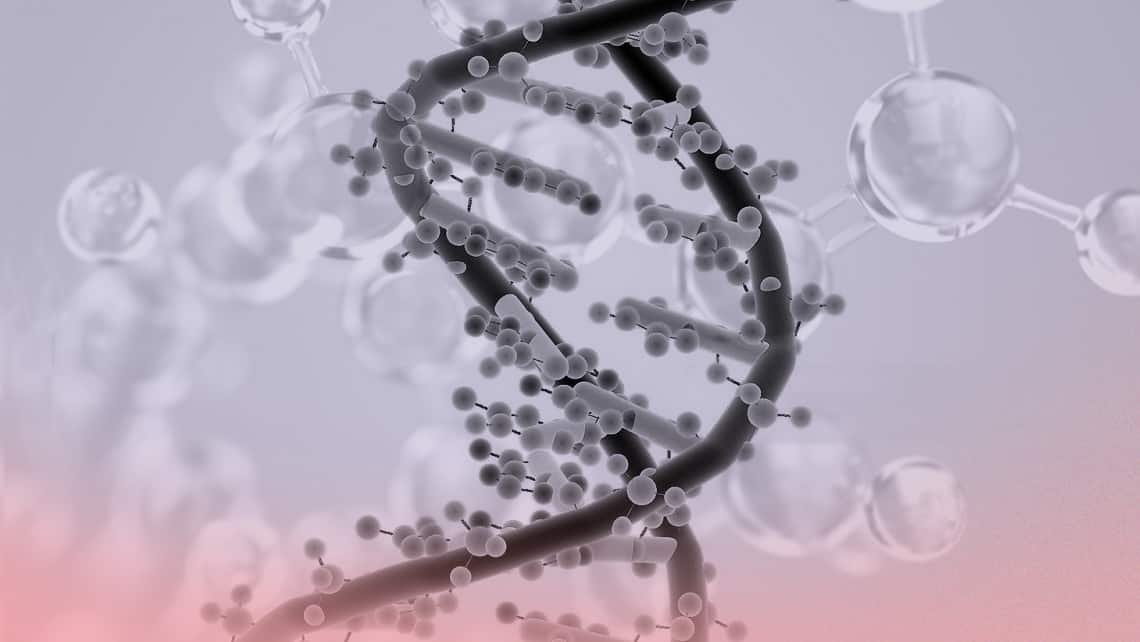
HLA C antigen and its impact on implant development
The Immune System is the set of elements and biological processes in our body that allows us to maintain a balance against external aggressions, recognizes what is harmful and reacts against it. It is known that 2 to 3% of couples appear to be infertile due to immune mechanisms. The Immune System allows a fetus, which is genetically different from its mother, to develop perfectly in her womb. This way, the interactions between the embryo and the maternal immune system must function correctly for a good development of the gestation and achieve an evolutionary pregnancy. However, during pregnancy there may be immune rejection.
To be an ongoing pregnancy, it will depend on the correct interaction in the uterus between the mother’s uterine NK cells and the embryo’s HLA-C antigens. On the one hand, uterineNK cells are responsible for recognizing the embryo through the KIR receptors on its surface. On the other hand, on the surface of the embryo are HLA-C antigens, one allele is inherited from the mother and another from the father.
There’s a great variety of KIR-HLA-C combinations between mother and embryo, and it’s known that certain KIR-HLA-C combinations lead to problems in pregnancy and in the gestation’s evolution. The immunoregulatory mechanisms of the maternal response ensure the foetus survival in utero despite having paternal antigens that differ from those of the mother, however, different studies indicate that these maternal / foetal immunoregulatory mechanisms are responsible for some cases of implantation failure or recurrent miscarriage. Therefore, a little-known factor that determines the success of an in vitro fertilization (IVF) cycle and evolutionary gestation is reproductive immunology.
Índice
What is KIR-HLA-C genotyping?
KIR-HLAC genotyping is the study of certain genes’ genetic variants. The maternal KIR genotype can be AA, AB, or BB; and the HLA-C typing can be HLA-C1 and HLA-C2. In homozygous KIR AA mothers, the fetus being HLA-C2C2, there is an increased risk in pregnancy.
How is KIR-HLA-C genotyping performed?
KIR-HLA-C genotyping is performed by genetic analysis of genomic DNA extracted from a blood sample. An analysis in the mother’s KIR and HLA-C and the father’s HLA-C is performed. If gamete donation is necessary, HLA-C will be genotyped to the gamete donor (oocytes or semen).
What is KIR-HLA-C genotyping for? Cases in which it’s indicated.
The KIR-HLA-C genotyping allows us to know if the mother’s immune system can reject the embryo and determines if there is a good compatibility between the maternal KIR receptors and the embryo’s HLA-C. In homozygous KIR AA mothers, the fetus being HLA-C2C2, there could be an increased risk of pregnancy loss. Currently, there is much controversy regarding the literature, and there is nothing conclusive in the immunological studies of KIR-HLA-C genotyping. Therefore, it is not clear that KIR-HLA-C genotyping allows us to find the cause of implantation failure, recurrent miscarriages, pre-eclampsia or complications in the development of pregnancy. With regard to compatibility with a gamete donor (egg or semen), KIR-HLA-C genotyping can aid in donor selection in recipient patients.
Am I immunologically compatible with my partner?
Many KIR genotypes are known, as well as HLA-C typing, and various studies have observed KIR-HLA-C compatibility with respect to pregnancy outcomes. The worst prognosis combination according to KIR-HLAC compatibility is KIR AA and HLA-C2. As a result, they lead to implantation failure, repeat miscarriages, pre-eclampsia, or premature delivery.
What can I do if I am incompatible with my partner?
From Instituto Bernabeu, given the existing bibliographic controversy regarding KIR-HLA-C genotyping, the transfer of a single embryo in the IVF cycle could be recommended, as well as prescribing immunomodulatory treatment to the mother, avoiding a greater HLA load -C incompatible with the mother. In the case of donor selection, an immunologically compatible donor would be selected, his HLA-C genotype compatible with the maternal KIR, and consequently the embryo would also be immunologically compatible. Today, immune mechanisms are controversial and it is not entirely clear whether immunological compatibility influences the outcome of an on-going pregnancy.
Instituto Bernabeu’s Reproductive Immunology Unit offers preconception and postconception assessment and treatment, and throughout pregnancy.
Paqui Lozano, biochemist at Instituto Bernabeu.
